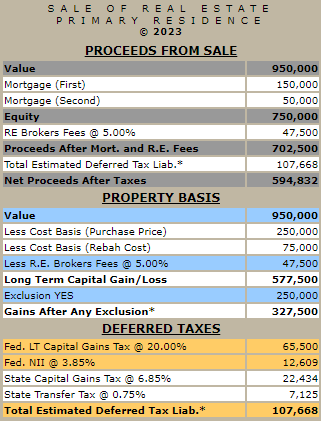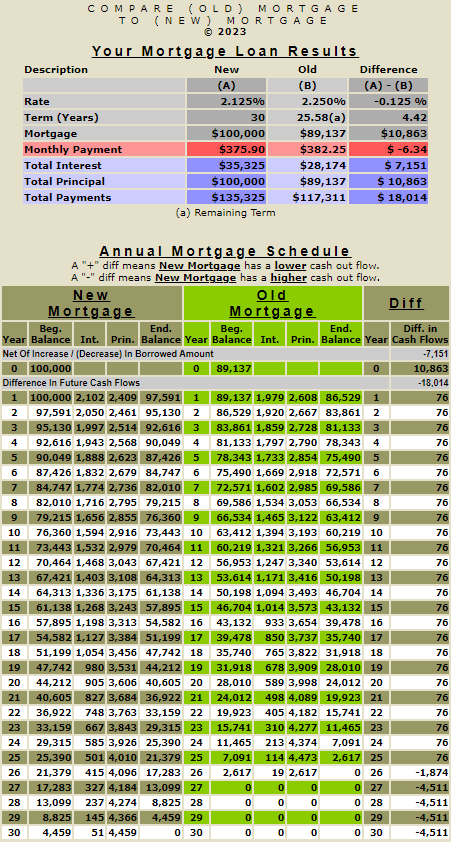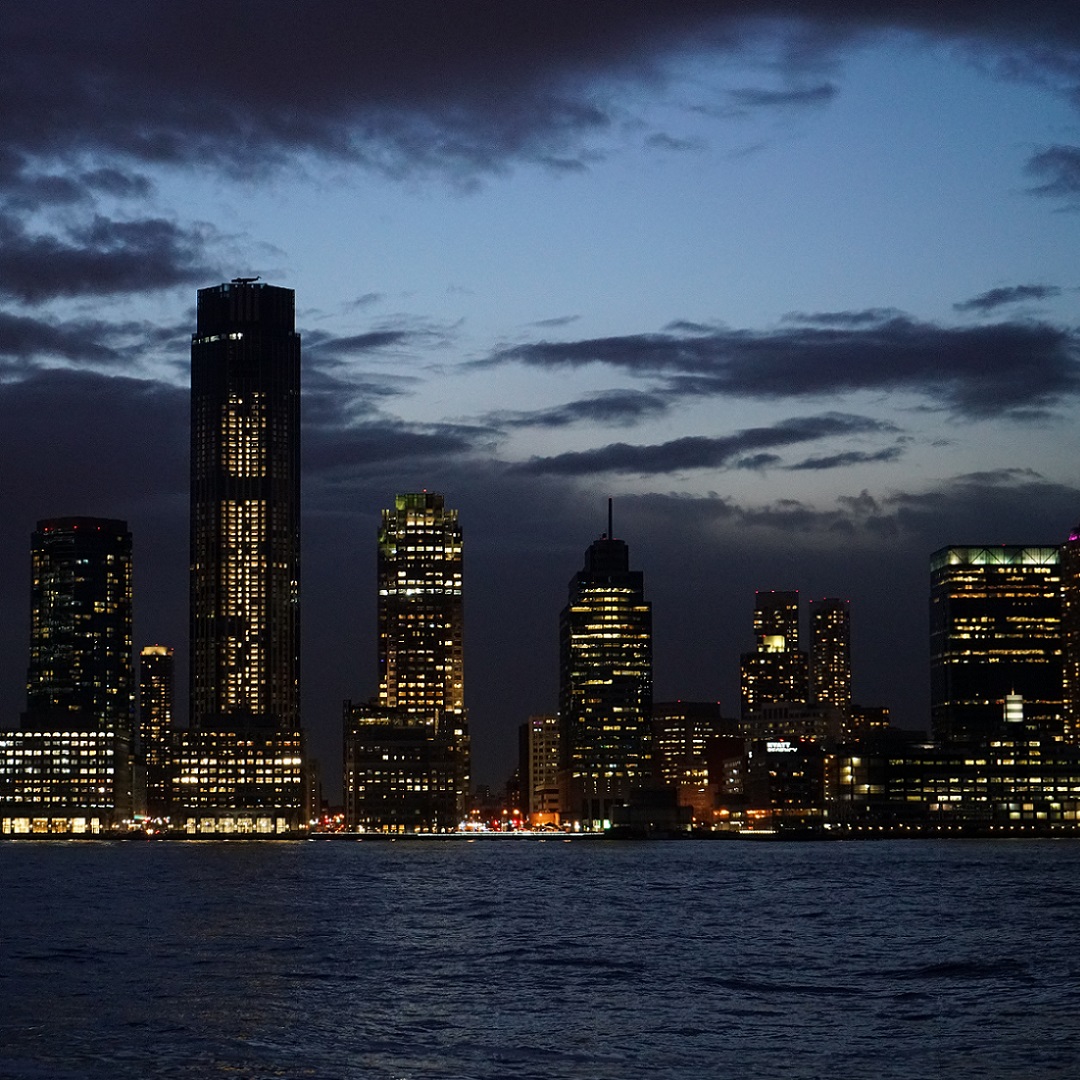Historic Rowhouses

- Details
- Category: Historic Rowhouses
Owning a historic urban rowhouse is not for everyone. It’s appealing because living in an urban environment where most people have small and cluttered apartments restricted by the coop or condominium associations with, at best, limited outdoor space, as a rowhouse owner, you can have a beautiful yard and a lot of outdoor space like multiple decks and a back and front yard and are free to make changes without the oversite of a coop or condominium association. I have a beautiful yard that I designed myself, including multiple deck levels, opening multiple indoor spaces to the yard. The downside of historic rowhouse ownership is the work and required attention to detail.


I have accumulated a large collection of tools over many years. These include a table saw, several circular saws, multiple impact drills, sanders, various routing tools, and an extensive array of power tools. Every corner of my rowhouse reflects my commitment to craftsmanship and remarkable attention to detail. Interestingly, many people do not notice any of this, especially if they have never owned a historic rowhouse.
I have spoken with several people interested in buying a historic rowhouse, and their comments reveal a significant misunderstanding of what it takes to undertake such a project. Many inexperienced couples express their desire to purchase a dilapidated historic rowhouse, confidently stating that they can transform it from its current condition to its envisioned ideal. They often throw out a figure of $200,000, as if that amount will seamlessly take them from point A to point Z. The process would require a minimum investment of $400,000 and at least a decade of weekends dedicated to the adventure.
In the vibrant decades of the 1980s and 1990s, while many of my peers were exploring the idea of purchasing co-op or condominium apartments, I found myself yearning for something different—a home that offered a direct connection to the outside world. I envisioned a place where I could step outside right onto the street or easily access my own private yard from the comfort of my back door. This desire for space was rooted in my passion for gardening; I longed to cultivate my own little oasis, filled with trees and shrubs that would flourish and thrive. Today, my yard is adorned with several towering pyramidal hornbeams, their elegant, conical shapes rising towards the sky, alongside a beautiful katsura tree, known for its breathtaking autumn foliage and the sweet scent of its leaves. Together, they create a serene refuge—a personal slice of nature in which I can immerse myself.
My family and I live on the top three floors of a triplex, while we rent out the garden level on Airbnb. Occasionally, our guests have described their stay here as “a suburban oasis in the big city.”
- Details
- Category: Historic Rowhouses
This is a picture of natural gas lanterns that typically adorned the historic rowhouses in NYC before electricity. Very few landmark rowhouses display natural gas lighting today. Even interior rowhouse lighting was gas during pre-electric lighting back in the day. I took this photo in 2005, and I hope these gas lights still adorn this historic rowhouse's entranceway in Manhattan's East Village. I will continue to post pictures from 20 years ago that I took while exploring my fascination with landmark rowhouses every few days. Please look at my real estate calculators, mortgage calculators, and business plan calculators. I spent a significant amount of time programming them and displaying them for your use.
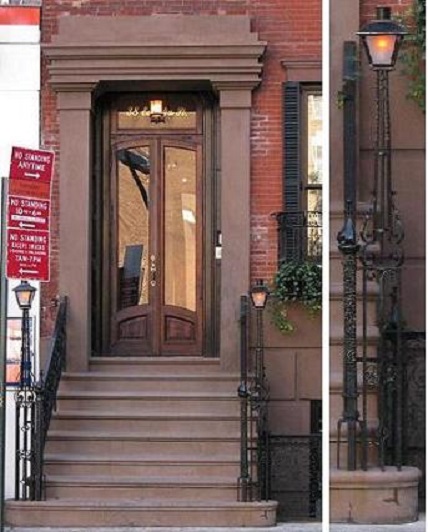
- Details
- Category: Historic Rowhouses
Historic rowhouse owners often adorn their properties with flower arrangements, shrubs, unique trees, and stone fixtures. Please look at my real estate calculators, mortgage calculators, and business plan calculators. I spent a significant amount of time programming them and displaying them for your use.
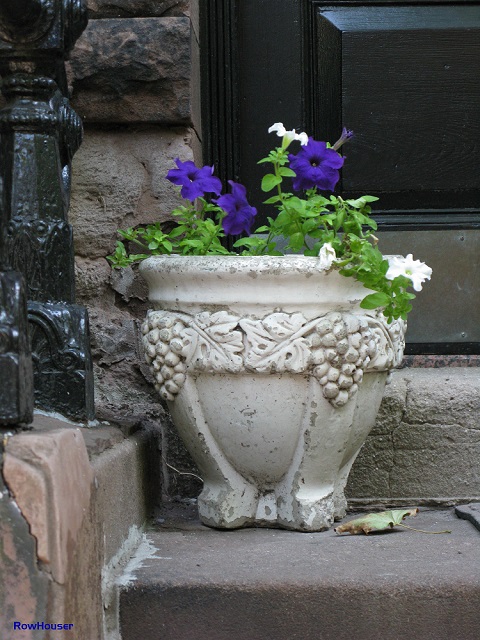
- Details
- Category: Historic Rowhouses
The photo, taken in 2007, captures a historic frame rowhouse renovated in 2007 in Brooklyn Heights. The rarity of rowhouses with frame construction in NYC makes this sight truly remarkable. I'm filled with wonder, imagining the couple who chose to invest in this unique piece of history, and their dedication to maintaining and living in such a treasure. It's like living in a Rembrandt or a living work of art. Each of these historic rowhouses, with their unique stories, demands a special commitment to maintenance and preservation as we strive to blend history with modern living. Please look at my real estate calculators, mortgage calculators, and business plan calculators. I spent a significant amount of time programming them and displaying them for your use.
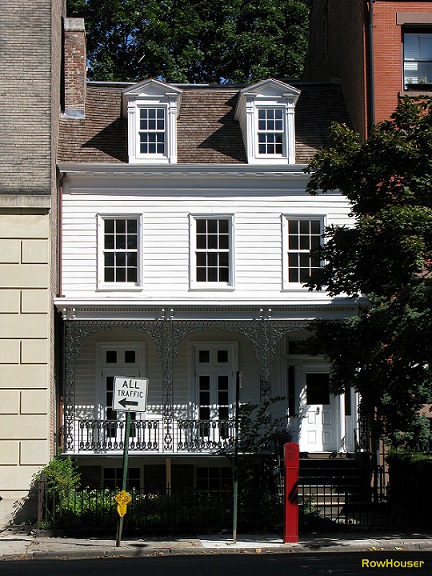
- Details
- Category: Historic Rowhouses
My father grew up in Manhattan, and he was a romanticist who was very educated and cultural. When I was a kid, we visited NYC. I would sit in the car at age 5 or 7 and romanticize about living in NYC in a historic townhouse with a Christmas tree in the window. All the hustle and bustle of NYC and the Christmas tree at Rockefeller Center. FAO Swartz on 58th street and 5th avenue. When I graduated college, I looked to buy a historic rowhouse (not an apartment) to fulfill my vision. I searched Brooklyn, Manhattan, and Hoboken but eventually ended up in Downtown Jersey City. The photo below is one of my favorites, taken in 2003. I hope it inspires you like I am inspired.


